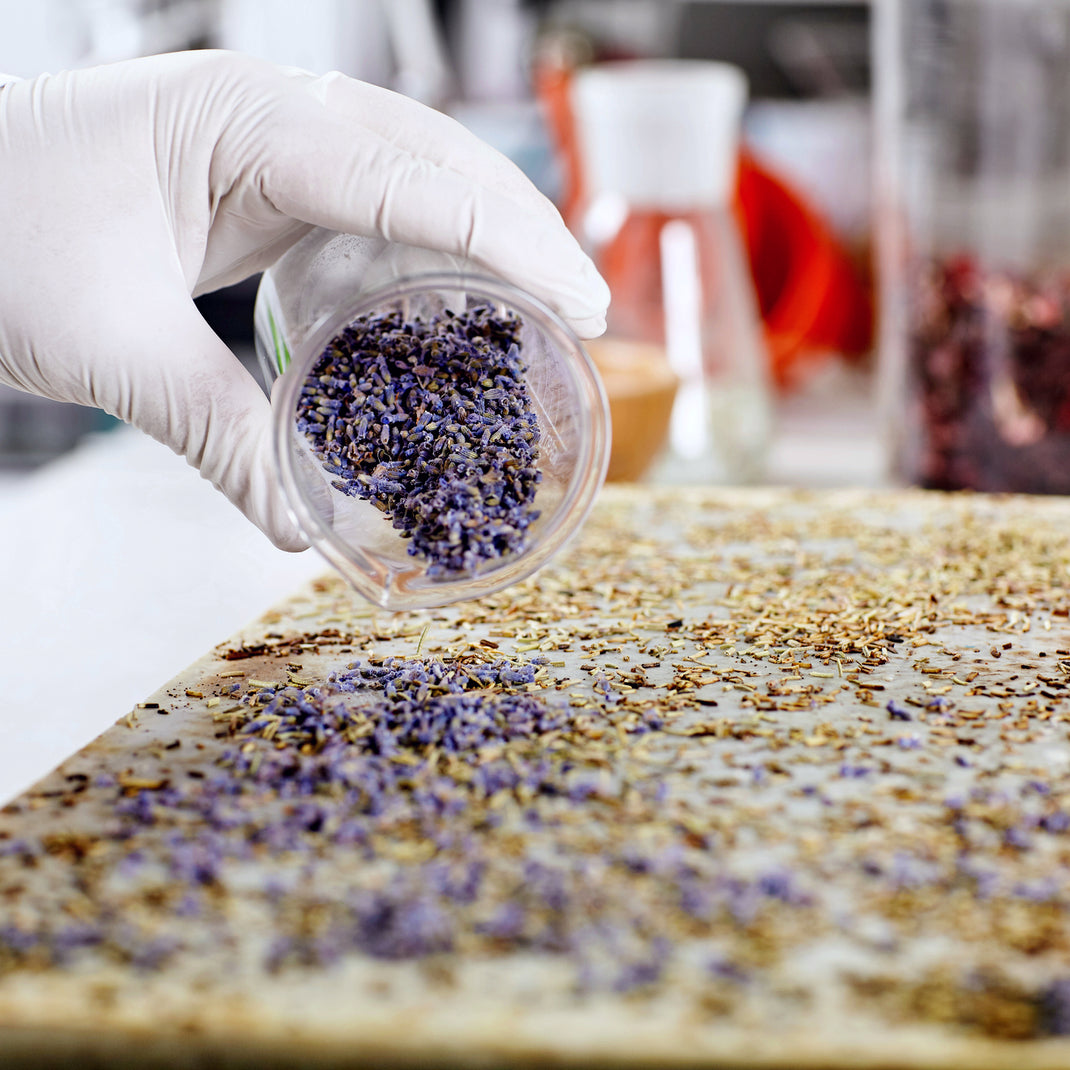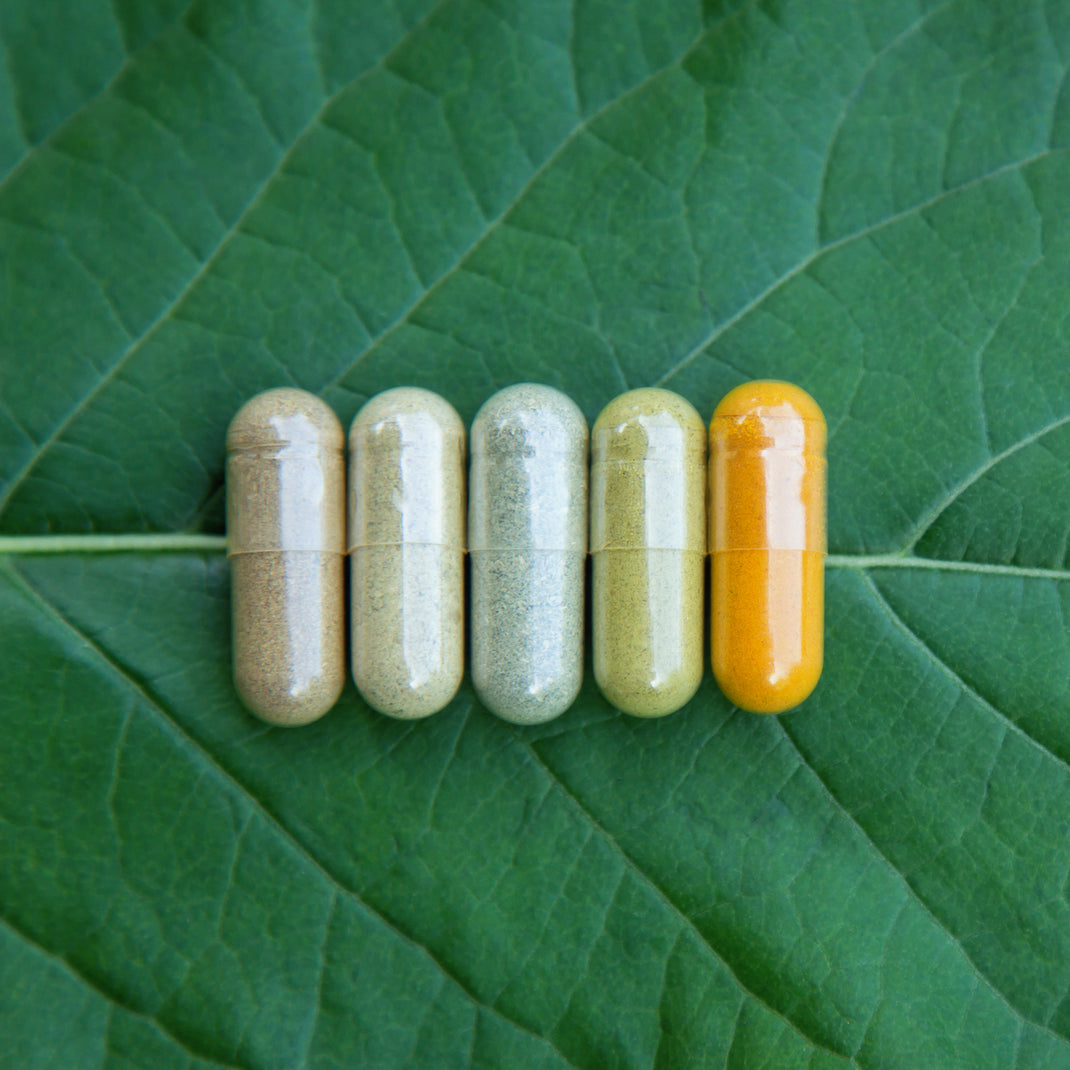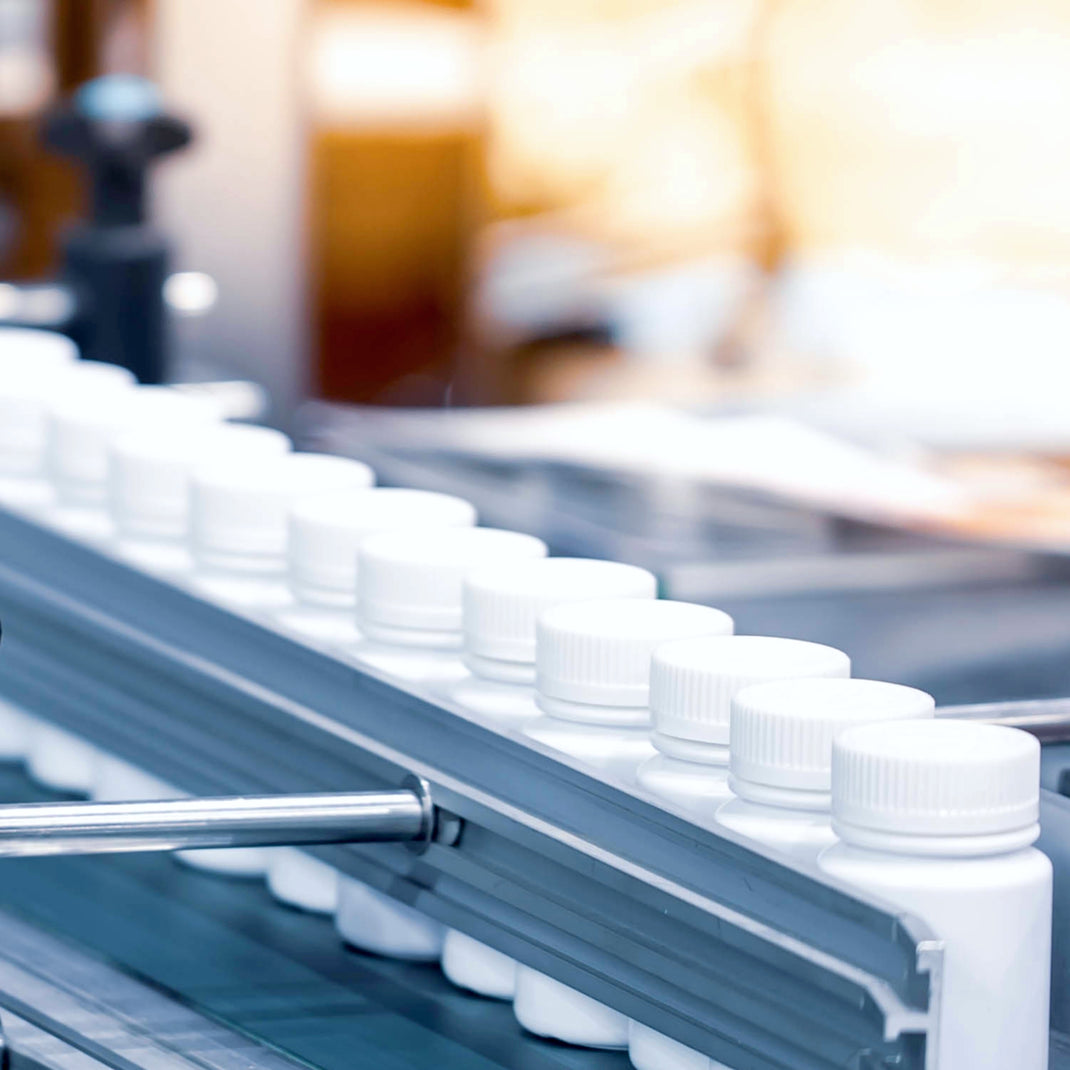How We Test
Testing is the cornerstone of our Quality Assurance Program. Rigorous and comprehensive tests are performed by independent American laboratories.


Testing is the cornerstone of our Quality Assurance Program. Rigorous and comprehensive tests are performed by independent American laboratories.

Knowing that your products are free from common allergens is key to helping you choose supplements you can rely on with peace of mind. At Vital Nutrients, we proactively screen and test our products for common allergens, including tree nut, peanut, gluten, egg, dairy, soy, shellfish and fish. That begins at the source with each ingredient all the way through finished product manufacturing. When a product contains an allergen (e.g. fish oil), the label is clearly labeled to avoid unnecessary confusion.
Raw Material Testing
Identification, Authenticity and Potency
The identity and authenticity of each ingredient is verified through scientific test methods and potency markers are quantified to ensure the strength of the nutrient.
Microbiology
Each ingredient is tested for a microbiology panel that includes total aerobic bacterial count, yeast and mold counts, Salmonella species, E. coli, Pseudomonas aeruginosa and Staphylococcus aureus.
Chemical Solvent Residue
Many vitamins, minerals, amino acids and botanical products are manufactured using one or more chemicals or chemical solvents. We test for chemical solvents using a test developed for compliance with USP 467, the pharmaceutical industry’s standard for solvent residues.
Heavy Metals
Our ingredients are tested and verified through a preferred supplier program to meet specifications below defined standards for heavy metals. This is true for lead, arsenic, and cadmium.
Herbicide, Pesticide and Fungicide
Our botanicals and plant-based ingredients must meet specifications and not include specific herbicides, pesticides, and fungicides.
Aflatoxin Residue
Aflatoxins are toxic metabolites produced by certain fungi that are in or on foods and plant materials. Four different aflatoxins, B1, B2, G1 and G2, have been identified with B1 being the most toxic, carcinogenic and prevalent. We test every batch of each plant-based ingredient for all four aflatoxins.
Rancidity Markers
Our oil-based products are tested for rancidity and defined at low levels that are never exceeded. This helps maintain a positive aftertaste of our oil products.
Dioxins & Dioxin-Like Compounds and PCBs
Dioxins, Dioxin-Like Compounds and PCBs – Included in our fish oil specification requirements, we set strict acceptance criteria for dioxins, dioxin-like compounds and PCBs to help make sure these compounds are not found in our products.
PCBs
Each fish oil is tested for PCB exposure with a parts-per-trillion assay method and very strict acceptance criteria. PCBs (Polychlorinated Biphenyls) are no longer produced in the United States, but are still found in the environment. Health effects that have been associated with exposure to PCBs include acne-like skin conditions in adults and neurobehavioral and immunological changes in children. PCBs are known to cause cancer in animals. The Department of Health and Human Services (DHHS) has concluded that PCBs are reasonably anticipated to be carcinogens. The EPA and the International Agency for Research on Cancer (IARC) have determined that PCBs are probably carcinogenic to humans.

Label Claim Potency: All finished products are tested for potency to verify the label claim, ensuring the appropriate strength of each batch.
Microbiology Contamination: Not only do we test all of our raw materials for microbiology, we also test all of our products for a microbiology panel that includes total aerobic bacterial count, yeast and mold counts, Salmonella species, E. coli, Pseudomonas aeruginosa and Staphylococcus aureus.

We publish expiration dates based on third-party test data to support each expiration date. To authenticate this dating on an ongoing basis, we put our products through analytical and microbiological tests as well as visual inspections at multiple points throughout the shelf-life.